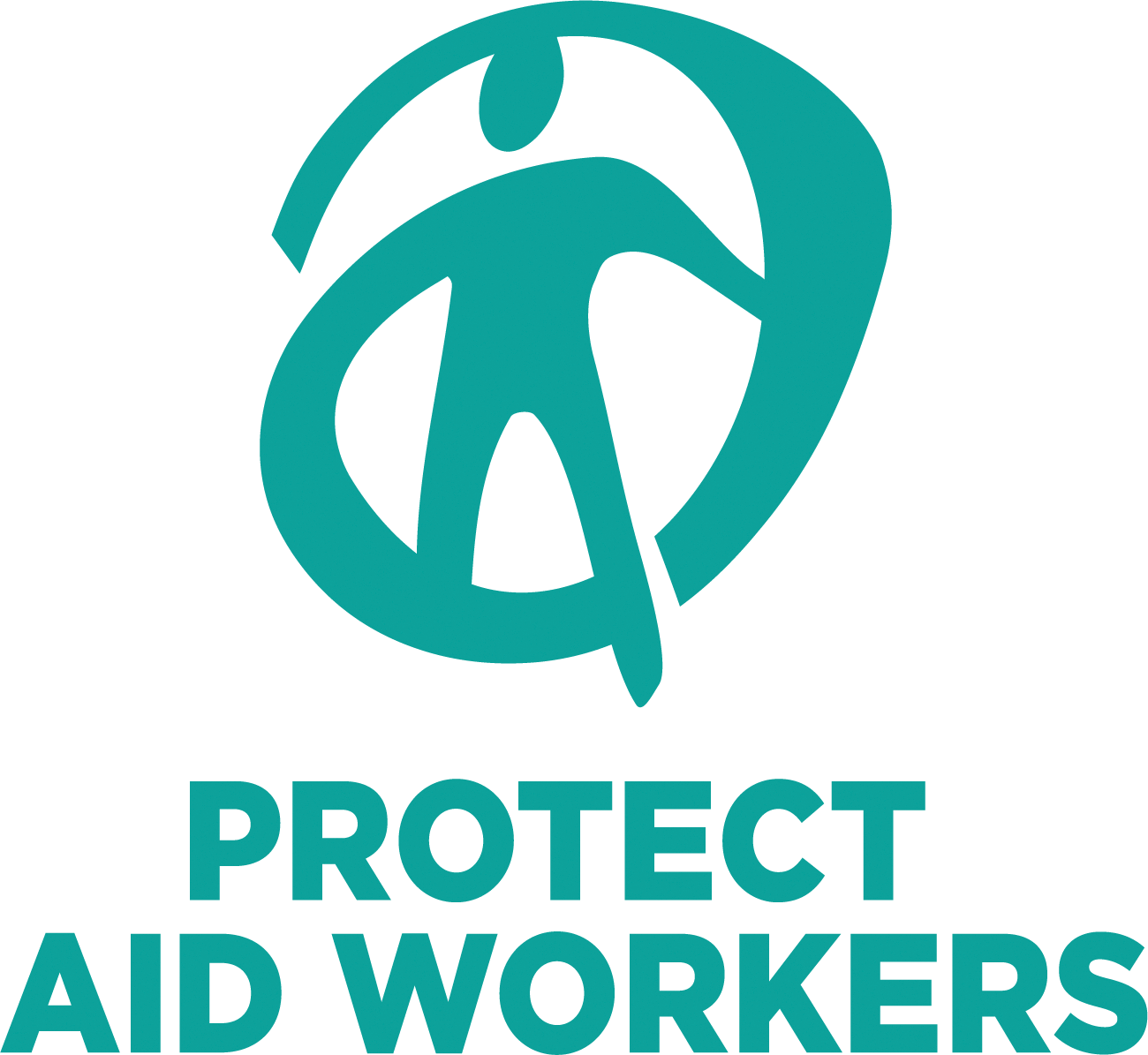state-_of-_practice-_the_evolution_of_srm_02_24
The Global Interagency Security Forum , GISF, a member-led NGO forum that drives change through a global network of over 130 member organisations, presented a report in February 2024 on “The Evolution of Security Risk Management Practice in Humanitarian Field”
(Find the link of the report here)
Significant Advances in Security Risk Management (SRM) Systems and Capacities
The humanitarian sector has made notable strides in developing Security Risk Management (SRM) systems over the past decade. These advancements mark a shift from reactive and restrictive security measures to proactive, enabling risk management strategies. International actors, particularly UN agencies and large to medium-sized international organizations, now benefit from well-established security frameworks. These frameworks, though varied in budget, share similar structures and functions. Conversely, most national NGOs lack the resources for dedicated SRM staff and necessary equipment, reflecting a stark disparity in SRM capacity.
Emerging Threats and Security Conditions
The humanitarian landscape has been increasingly challenged by new threats and evolving security conditions. The past decade has seen a surge in high-intensity conflicts, including those in Syria, Iraq, Yemen, Myanmar, Ukraine, Ethiopia, Israel/Palestine, and Sudan. These crises have stretched the limits of humanitarian access and security, with large areas becoming virtually inaccessible due to intense hostilities or restrictive authorities. Local organizations, often without adequate SRM tools, have stepped in to provide aid, taking on significant risks.
Additionally, cyber threats and misinformation have emerged as new challenges, with online hostility potentially translating into physical threats. Organizations are struggling to adapt to these complex emergencies, which involve numerous factions and shifting conditions. There’s also growing recognition of the need to address staff stress and trauma more effectively.
Disparities Between Local and International Organizations
Despite the push for localization, local and national organizations remain significantly behind international counterparts in SRM development. This disparity is largely due to a persistent funding model that hampers the growth of core organizational capacities in local entities. As local actors increasingly bear the risk as frontline responders, this gap is problematic. International organizations face challenges in integrating SRM discussions with local partners, with some fearing liability and opting to keep partners at arm’s length. Efforts to improve SRM support for local partners are underway but remain inconsistent.
Progress and Gaps in SRM Coordination and Resources
Aid organizations now have access to a range of tools and policy guidance on SRM, including resources focused on staff wellbeing. However, these resources are predominantly in English and targeted at Western-centric organizations, leaving a gap in availability for other languages. Security coordination has improved, with notable contributions from the International NGO Safety Organisation (INSO) and the Global Interagency Security Forum (GISF). Yet, unresolved issues persist in UN-NGO coordination, and national and local aid groups often remain excluded from existing coordination bodies.
Challenges with Access and Cooperation
International actors face severe access constraints in conflict zones like northeast Nigeria, Myanmar, Tigray, and Sudan. This leaves local organizations, often lacking SRM resources, to operate in isolation. The formal aid sector also struggles with civil-military coordination, with many humanitarians distrusting deconfliction efforts. The UN Office for the Coordination of Humanitarian Affairs (OCHA) has made progress with access working groups, but these are not universally available or integrated with SRM personnel.
Advancing a Person-Centred Approach in SRM
There is growing support for a person-centred approach in SRM, which considers individual identity factors like gender and ethnicity in risk assessments. While the theoretical support is strong, practical implementation remains uncertain. The aim is to tailor risk mitigation measures to individual circumstances while avoiding potential discrimination. The sector is also seeing increased diversity among security professionals, with a greater emphasis on ‘soft’ skills like negotiation and relationship-building. However, the expanding scope of SRM roles presents recruitment and training challenges.
Future Directions for SRM
To build on recent SRM progress, the humanitarian sector must focus on extending SRM capacities to local NGOs, adapting to evolving security threats, and implementing a person-centred approach. This will help protect aid workers in increasingly complex environments. Recognizing that SRM advancements often address past threats, there is a need for forward-looking strategies to keep pace with global changes and emerging challenges.
